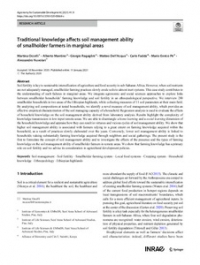One of the characteristics of WLE target basins is the absence of monitoring systems with the capacity to produce timely and quality data needed to design and implement investments and interventions. This activity aims at developing: 1)low-cost high resolution surveillance platforms for multiple applications and to 2) develop modeling tools to combine high resolution locally registered information with space-borne low-cost medium resolution satellite imageries. The research includes the development of methodologies and manuals to assemble low cost remote sensing devices (e.g. multispectral cameras, micro radiometers, passive fluorescence camera) and the software to make geometric and radiometric corrections and generating mosaics of imageries from contiguous registration. It also includes the development of algorithms to assess and modeling scaling issues. We also propose developing applications and data useful for decision makers such as crop statistics, biodiversity mapping, and agro-ecosystems health assessments. Tools and methods based on non-linear methodologies suitable to process and quantify data collected at different spatial and temporal resolutions will be programmed in open source software, training for end users and policy briefs will be provided as results are confirmed. In addition, the methods developed by this SRP on methods and metrics to help set priorities will be used with policy-makers in Peru to evaluate the impact of the NAMA described under the rainfed systems SRP
menu











